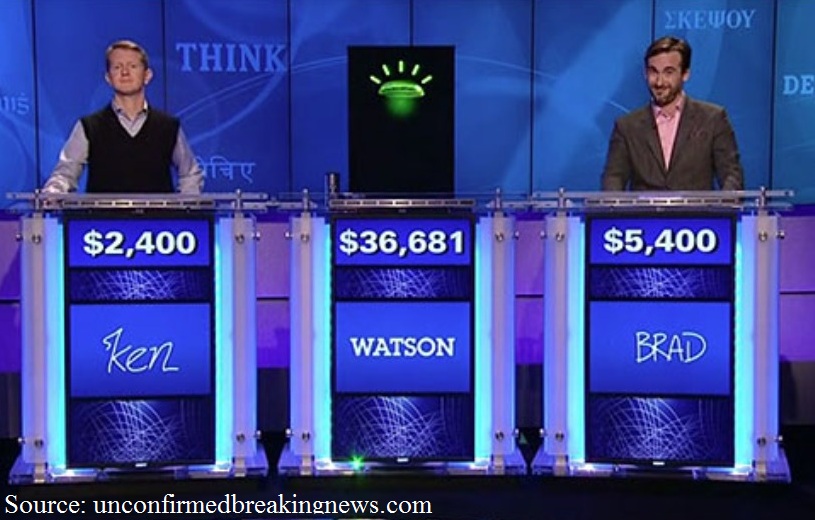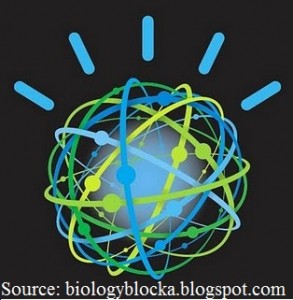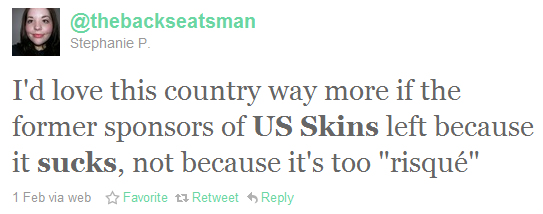
According to a recent post on AdFreak, the Doritos “Pug Attack” commercial – along with Bud Light’s “Dogsitter” – triumphed as the best commercial of Superbowl XLV. As can be seen above, “Pug Attack” relies on three key elements to grab viewers’ attention: ridiculous overacting, dramatic music and the undeniable power of Pug Cuteness. The commercial’s simplistic humor is endearing, but I don’t find it particularly interesting or groundbreaking.
But Doritos has since won me over. Not with an adorable animal = likable product advertising scheme, but rather with a weird one. Every time I turned on the TV last week, it seemed I was watching the following commercial. Even if my mind was elsewhere – say, considering possible topics for my next marketing blog post – it inevitably caught my attention with its inexplicable French dialogue.

This commercial is so weird. I love it! Every detail accentuates the weirdness, from the strange, cubic containers that each conceal a single Doritos chip to to the sweat peppering the nervous inventor’s face. Rarely do I get this excited over a simple commercial, but that’s the point: unlike the Doritos Superbowl ad, this commercial is anything but simple. It is unique, creative and engages the audience’s attitudes on every level. Behaviorally, I’m incited to explore the contest’s website and contribute my own outlandish entry, while cognitively I’m inclined to think of Doritos as a brand that is innovative – they’ve proposed two previously unheard of flavors, Buffalo Wings N’ Ranch and Onion Rings N’ Ketchup – and cares about the input of its customers. As my excited reaction attests, I also feel more positively about Doritos – a product I was previously apathetic toward.





